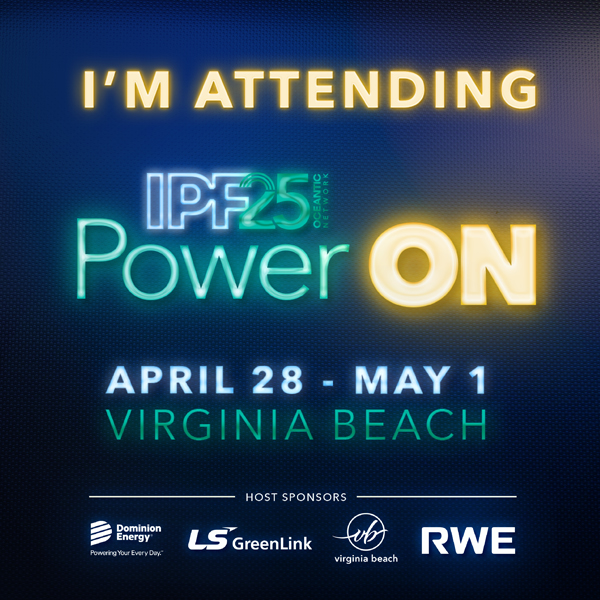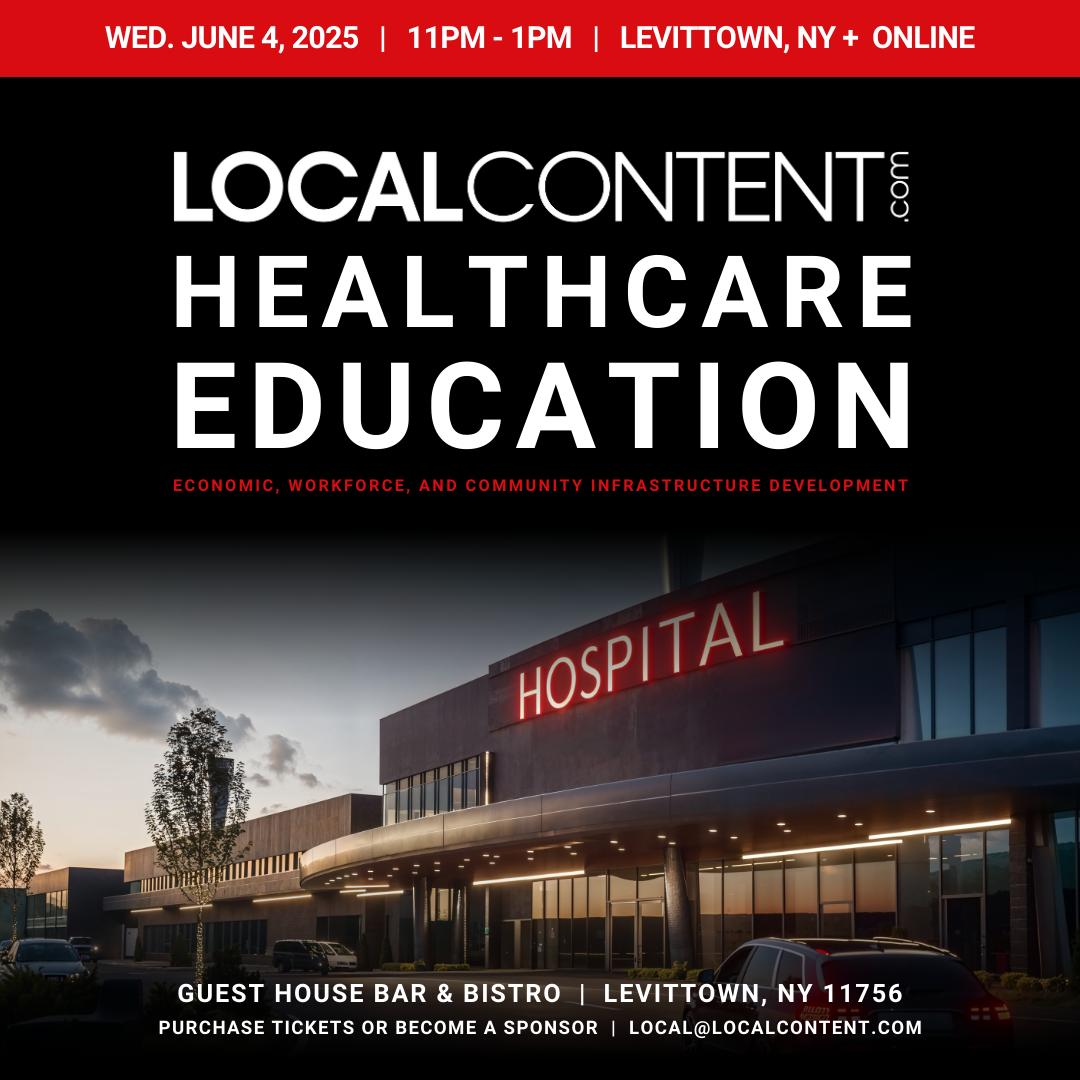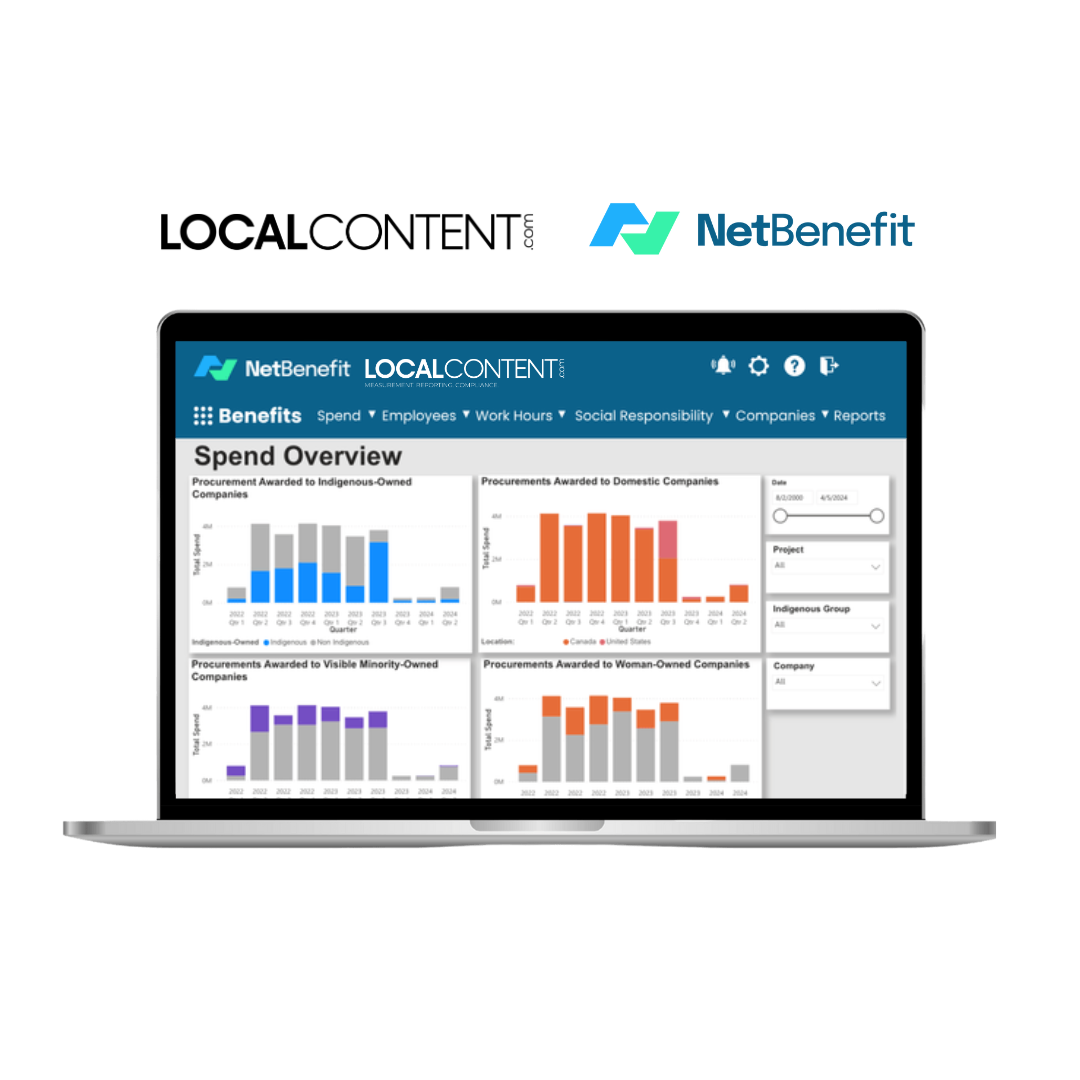Via Attentive Energy | By Favio Germán, Community Engagement Manager
Over the last month I had the pleasure of representing, along with several team members, the Attentive Energy Two project at the New Jersey Economic Development Authority’s (NJEDA) inaugural offshore wind open houses (Windy Wednesdays). The open houses were an opportunity to make offshore wind and its related topics accessible, in public spaces, to NJ residents across the State. The events were held at various locations, including the New Jersey Institute of Technology in Newark, Mercer County Community College in West Windsor, and Atlantic Cape Community College in Atlantic City. These events attracted a wide range of participants, including residents, environmental activists, representatives of community-based organizations, business owners, and government officials. The events were buzzing with energy (pun intended), as attendees got to meet the developers directly responsible for deploying clean energy in New Jersey.
New Jersey now has more than 5.2 GW contracted, marking substantial progress toward its 11 GW by 2040 goal, as projects like Attentive Energy Two advance development milestones like obtaining permits and investing in the regional supply chain and environmental initiatives, we’re also witnessing opponents of the industry raising their concerns. I’ve engaged hundreds of stakeholders over the years, and I’ve learned first-hand about the diverse concerns and priorities of residents across the Garden State. Stakeholders take many different positions, but the commonality is that NJ residents care about the future of their State– full stop. However, the truth is that there’s a lot of misinformation out there about offshore wind and these open houses were a great platform to set the record straight.


Some of the common questions we received from concerned participants included:
- What will be done to mitigate the impacts of the electromagnetic frequencies produced by the project?
- What effects will the construction and operations of these wind farms have on marine life? Are these projects killing whales?
- How will these developments affect property values in our coastal communities?
- How will the visual impact of wind turbines be addressed?
- What will be the true cost of offshore wind projects to NJ residents?
These questions, and a few others, were raised by participants at all three events and they were consistent regardless of location. Fortunately, groups like The National Oceanic and Atmospheric Administration (NOAA) and the Bureau of Ocean Energy Management (BOEM) have produced resources to address concerns related to electromagnetic frequencies of offshore wind activity. Similarly, the National Renewable Energy Research Laboratory has released several studies on the economic growth that will be catalyzed by the offshore wind industry. The Attentive Energy Two project, for example, expects to create upwards of $3 Billion in economic activity through the life of the project.
Many of the participants that attended the events were there to express their support of the industry and wanted to get involved. Some of these questions included:
- How can we accelerate offshore wind development to better fight climate change?
- How can I advocate for the industry in my community?
- What can I do to prepare myself for a career in offshore wind?
- What can I do to prepare my business to enter the offshore wind supply chain?
- What types of initiatives can be implemented to involve younger generations in the industry and teach them about climate change?
- When will you host more of these events in my community?
The Attentive Energy team made it a priority to have diverse representation from across our technical and non-technical teams at the open houses so that we can provide different perspectives and expertise for the participants. We also deployed virtual reality headsets at each event to show participants, especially those curious about offshore wind jobs, how offshore wind works. The headsets were a hit across all age groups and were an incredible asset in showing offshore wind.


As the industry builds on the success of Windy Wednesdays, we believe it’ll be important to take the following into consideration:
- Interactive Sessions: To make the open houses more engaging, interactive activities could be introduced. These could include virtual tours of offshore wind farms or interactive demonstrations of how wind turbines work or even models to show the scale of the components. Stakeholders are often surprised when they learn about the scale and size of these projects.
- Feedback Mechanism: A formal feedback mechanism could be introduced to understand the attendees’ concerns and suggestions and provide feedback as appropriate. This can include a pre- and post-event surveys to track change in sentiments and to capture lasting questions. This would help in improving future open houses and addressing the concerns of the public more effectively.
There’s a whole universe of concerns that residents share about the industry and NJEDA’s offshore wind open houses were a breath of fresh air (again, pun intended). We debunked common misconceptions, answered pressing questions, and highlighted the immense potential of offshore wind and how to get more involved. These events are critical to the success of the industry as NJ residents, in all parts of the state are the stakeholders of these projects. We thank NJEDA for the initiative and for including Attentive Energy.








